Equipment
BGT’s Stability putter shaft: Real numbers, real improvement
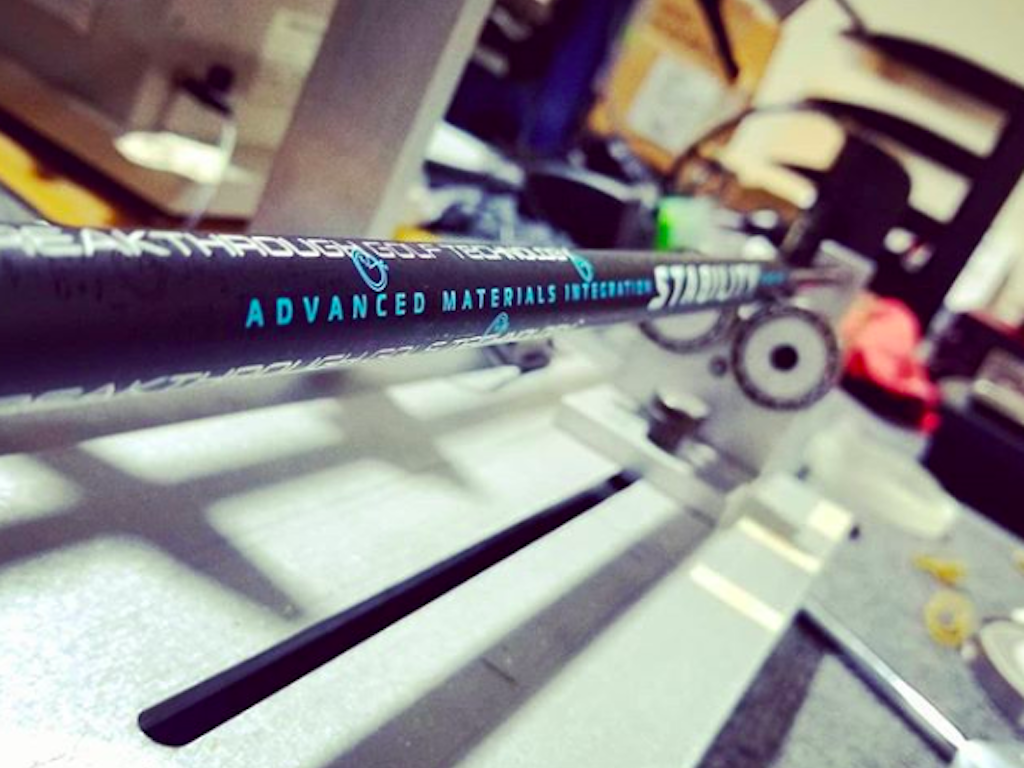
What do you get when you take a collection of experienced, hard-working, talented, golf industry minds, and bring them together with an idea to revolutionize a part of the game that has been overlooked for far too long? You get Breakthrough Golf Technology (BGT) and the Stability putter shaft.
Let me be up front: As a professional club builder, and a guy with a putter I was fit for and love, the idea of changing an integral part of that club was something I was unsure about. But it was obvious five minutes into meeting Blair Philip (my fitter and VP of R&D) and the rest of the BGT Team, I could trust them with building anything, especially my putter.
What BGT has come up within the Stability Shaft is a product that delivers results for golfers of all skill levels looking to improve both feel and consistency with the one club they use on every hole–the Putter. And who doesn’t want to be a more consistent putter? They achieve this with the Stability through a multi-material design that has lower torque, deflection, and stiffer flex than any putter shaft on the market. What is also very smart about the design is that thanks to some clever engineering, it can easily be retrofitted to your existing putter by an experienced club builder, or you can have it sent right to the BGT HQ to get retrofitted.
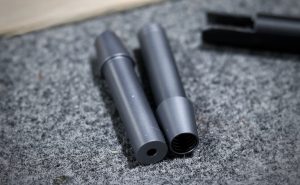
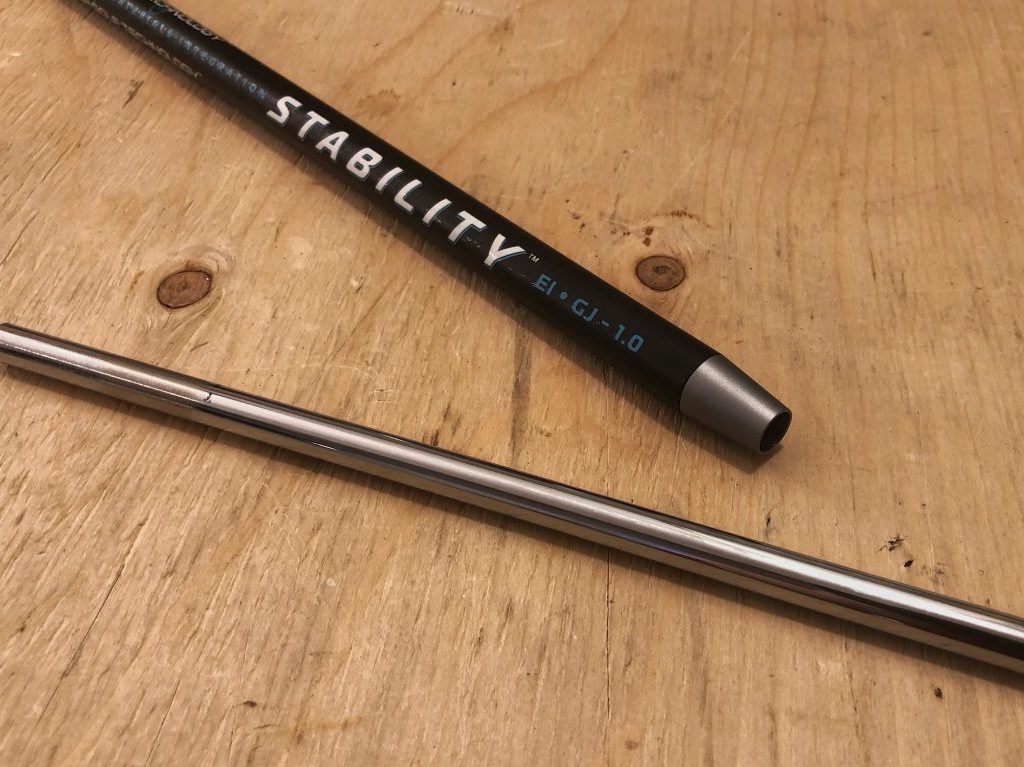
How the Stability Shaft works
The shaft is made up of four parts
- The bottom steel shaft portion that connects to the putter head: It’s either a completely new shaft OR, it is the small amount of shaft remaining above the head from the existing shaft that was already in the putter. This is how BGT retrofits putters with double bends by cutting above the bend and then attaching the Stability Shaft to the tip of the existing club with the adapter. For 99% of putters without a double bend – the whole shaft is assembled from scratch.
- The aluminum connector: This piece at the bottom of the graphite section allows for the universal fitting of almost any putter imaginable and is five times stiffer than steel. YES, five times! When talking to the builders at BGT, they haven’t met a putter they couldn’t install the shaft into.
- The shaft itself: A graphite shaft built to parallel .600″ all the way down (same diameter as the butt section of a standard shaft), which also means it won’t distort your favorite grip. Compiled of eight layers, strategically wrapped to exacting specs for straightness and stiffness. The builders and R&D team at BGT check EVERY SINGLE shaft for straightness once it arrives from their manufacturing facility (see below tool).
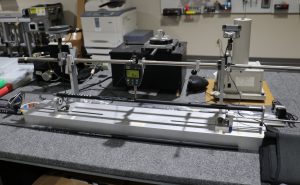
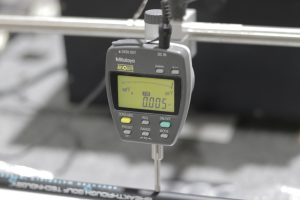
- The aluminum shaft insert: Developed through finite element analysis the insert is only 22g and is positioned to both reinforce the graphite at the exact spot of maximum potential deflection and further reduce any vibration to optimize feel.
All of these parts working together create the Stability Shaft.
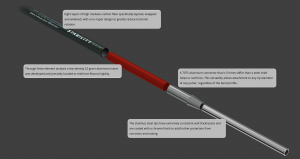
Stability Shaft fitting and numbers
For all its testing and fitting BGT utilizes Quintic Ball Roll – the “Trackman of Putting.” With a high-speed camera shooting at 720 frames-per-second, it allows for a multitude of parameters including: face angle, face rotation, twist at impact, ball speed, club head speed, angle of attack, shaft lean, lie angle, low point, ball roll, spin, spin axis (side spin), skid and more. Below is a representation of my initial testing with my Ping ZB vs. the same putter built to the same specs with the Stability
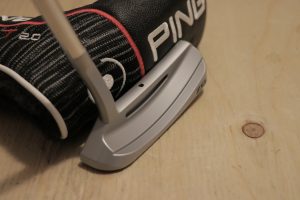
Pre & Post Stability Number Comparisons
So what does it all really mean?
To quote my fitter Blair after initial testing, “those are some really good numbers there!” Now, to be fair, like I said before, this is a putter I was fit for (NOT using Quintic) BUT I have used the system extensively in the past and have conducted fittings for others using the system. Just like with a driver, it’s possible to optimize your putter for less skid and more/faster forward roll, with the right club and proper technique. Looking at the numbers, there are few things that stand out including an improvement on all key performance factors.
Ball Speed Range (distance control) dropped. Being able to control distance is an important factor in making more putts. The numbers don’t, at first glance, appear to be enormous, but if you think about the time spent trying to “max” out a driver getting more consistent results, when you break down the actual numbers is a just below 18 percent. On a putt over 15 feet, that could mean catching an edge or missing high or low on the break. If there is one thing I struggle with during a round of golf, it’s distance control and having the numbers to prove that the Stability helps with that was a big confidence boost.
My ability to return the putter to square. The reason the data appears to show the opposite is because, like many, I have an aim bias (I knew I had it before the fitting), and Blair quickly identified during the fitting process. From Blair: “The steel putter face angle was closer to “square” but if you add the concept that we identified about a one-inch right aim bias the Stability Shaft actually returned the face closer to the line at the point of impact.” Armed with the knowledge of my aim bias, and equipped with the new tools, setting up on line becomes easier, and as a result, will help improve my mid-length putts – that valuable 15-foot range. One extra made putt per round adds up quickly.
Impact Ratio. This is the smash factor of putting and it was another piece of the puzzle that was improved during the fitting: 20 percent to be exact (from a 0.50 range to a 0.40 range). As the impact ratio shrinks, range shrinks, then putts and distance control from all distances continue to get more consistent. These percentages are a big jump from changing one component of a golf club, and as I will get to, these percentage improvements are starting to add up.
Zero Skid Length. This metric is just like what it sounds like. The length at which zero skid occurs and the ball starts to roll forward. With steel, I reached zero skid at an average of 20.5,” and with the Stability, the average was 19.17″ AND the range went from 8′ to 5′. Again, another drastic improvement in the statistical advantage.
These are all significant improvements with a putter that I was already putting well with. What’s even more interesting is that when BGT was testing higher / mid handicap players the numbers improve at an even fast rate. The below data demonstrates the improvement in the ability to return the face to square before after having the Stability installed.
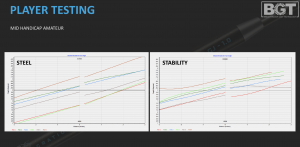
So how do BGT and the Stability Shaft help you become a better putter?
Let’s forget putting for a moment (bet you didn’t expect that statement, right?) and let’s talk about performance improvements and what we can do when presented with data and a problem. It’s called the “The Aggregation of Marginal Gains” and it was pioneered by Sir David Brailsford the British cycling coach, MBA, and holder or a degree in Sports Science & Phycology. The theory states “The idea that if you broke down everything you could think of that goes into riding a bike and then improved it by 1 percent, you will get a significant increase when you put them all together” (great interview here from the Harvard Business Review).
Under David’s coaching, starting in 2002 the British Cycling team — a country with only a single gold medal to speak of in over 75 years of competition, won seven out of an available 10 gold medals in track cycling during the 2008 Beijing Olympics. Four years later they matched this success again at the London Olympics! Many other coaches in varying sports have adopted this philosophy with proven success.
BOOM, There you have it! The entire ethos of what the Stability Shaft can do for you and your putting. It’s not about 10 putts on a practice green, and it’s not about the first round you put it into play — it’s about the long-term effects of getting more consistent and measurable results over and over. Just a small sample size of data provided by Quintic proved this for me and extrapolated over the course of a year’s worth of golf is going to add up to some very interesting results, which I am excited to follow up on as the season progresses.
As a golfer focused on performance, and someone that puts a premium on using the right equipment, I never put a new piece of gear into my bag unless I know without a doubt it’s going to be better. Whether it be trying a new grip to changing the hosel setting on a fairway wood, I need to see proof of better. After going through my fitting with Blair at BGT headquarters, having my putter re-shafted and retesting on the Quintic system the Stability PROVES it’s better for me, and I believe that it can prove to be better for you.
- LIKE103
- LEGIT16
- WOW14
- LOL4
- IDHT1
- FLOP2
- OB2
- SHANK51
Whats in the Bag
Steve Stricker WITB 2024 (April)
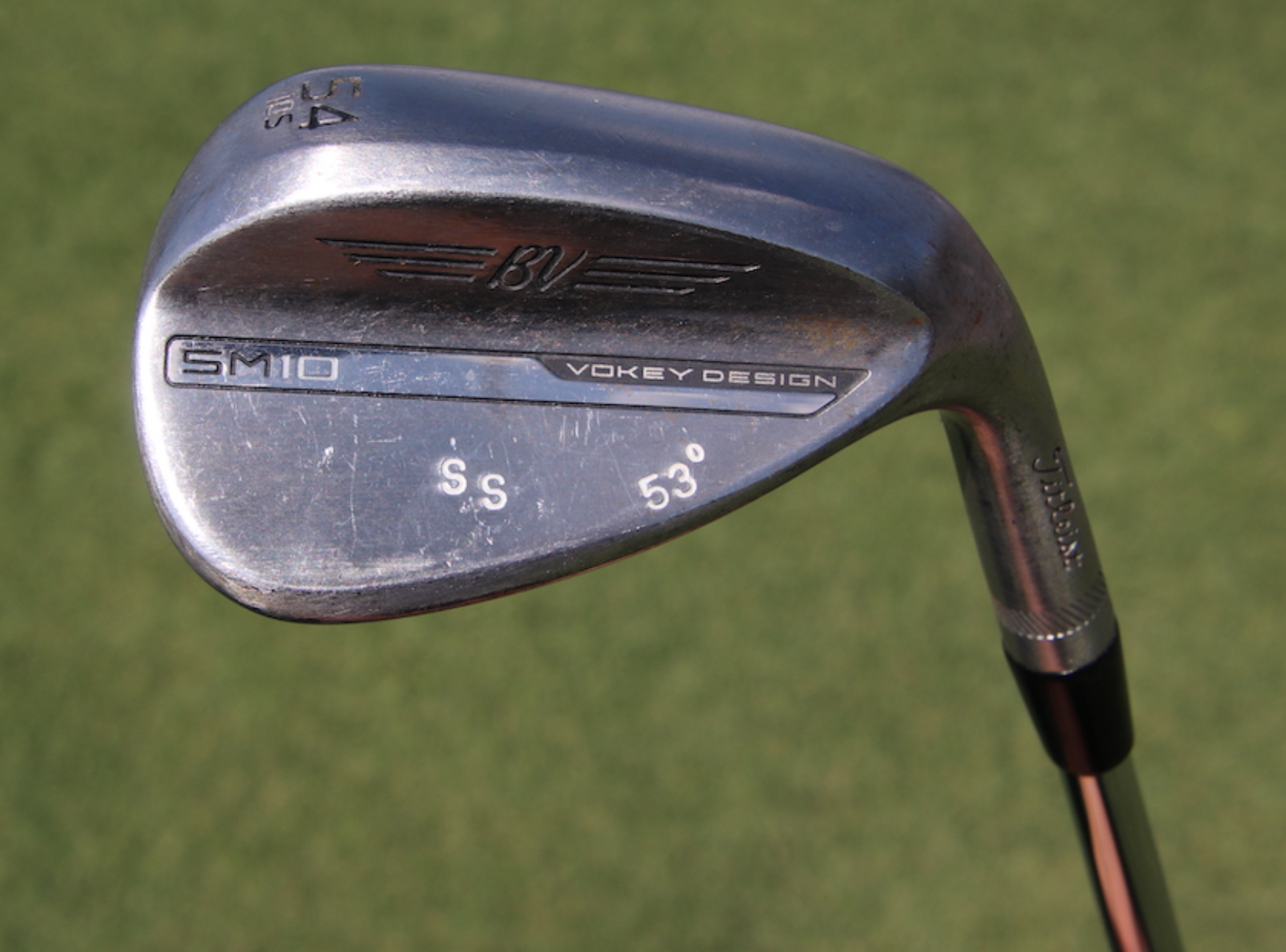
- Steve Stricker WITB accurate as of the Zurich Classic. More photos from the event here.
Driver: Titleist TSR3 (9 degrees, C4 SureFit setting)
Shaft: Fujikura Motore Speeder VC 7.2 X
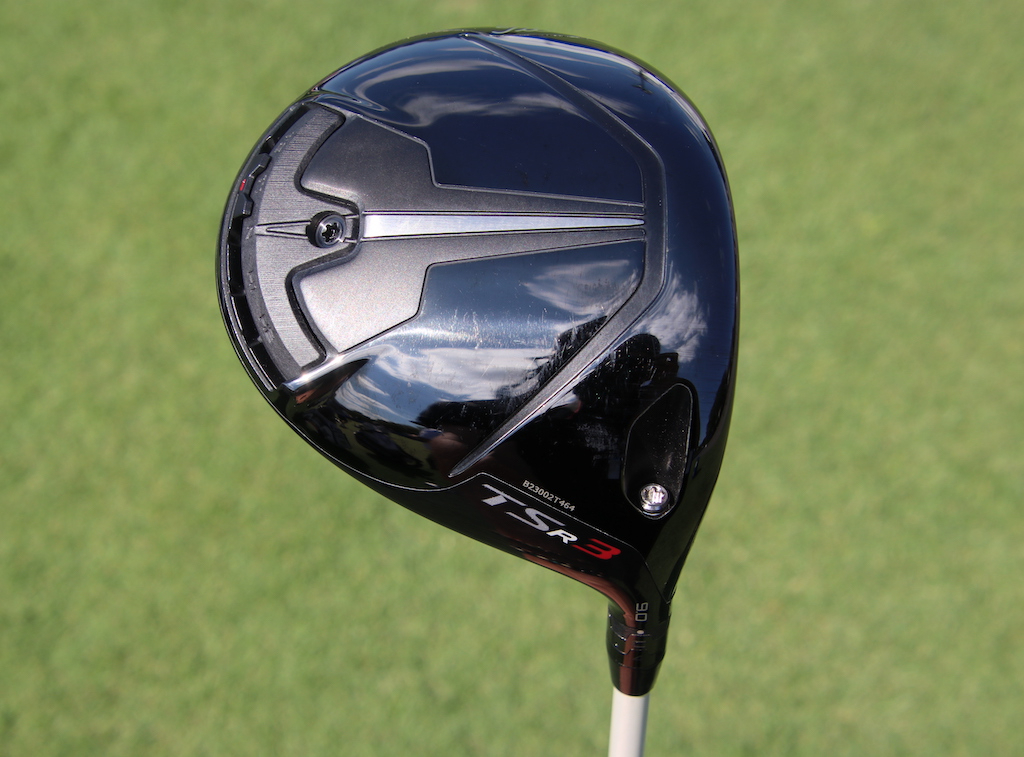

3-wood: Titleist 915F (13.5 degrees)
Shaft: Mitsubishi Tensei CK Pro White 80 TX
Hybrid: Titleist 816 H1 (17 degrees)
Shaft: Fujikura Motore Speeder VC 9.2 X
Irons: Titleist T200 (3, 4), Titleist T100 (5-9)
Shafts: Project X 6.5
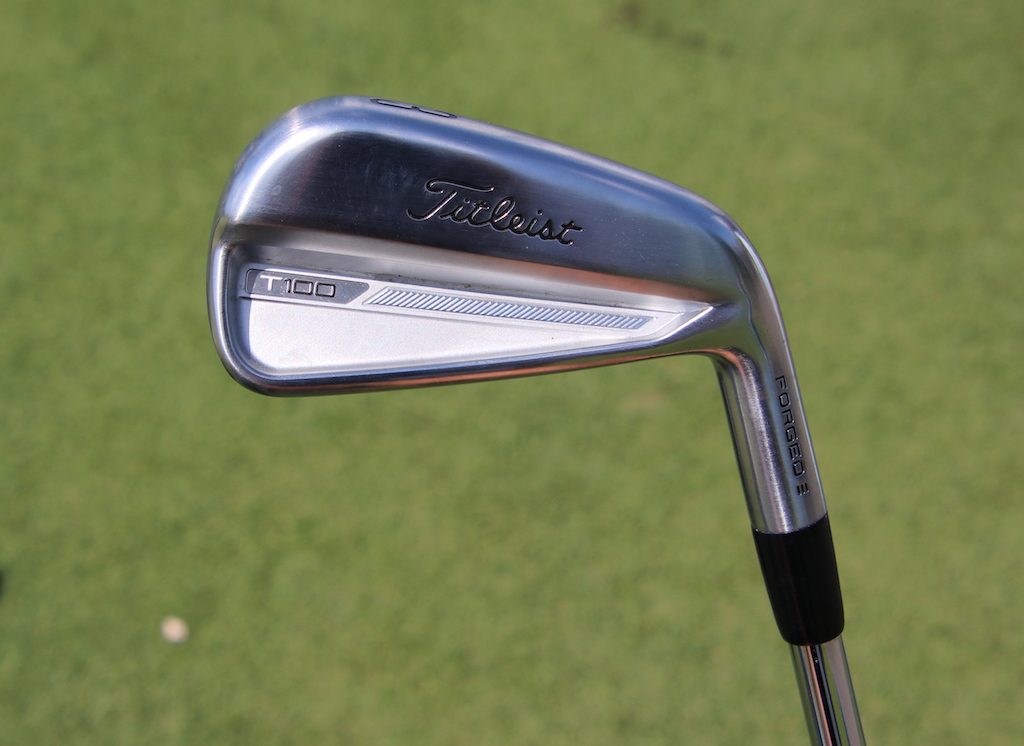
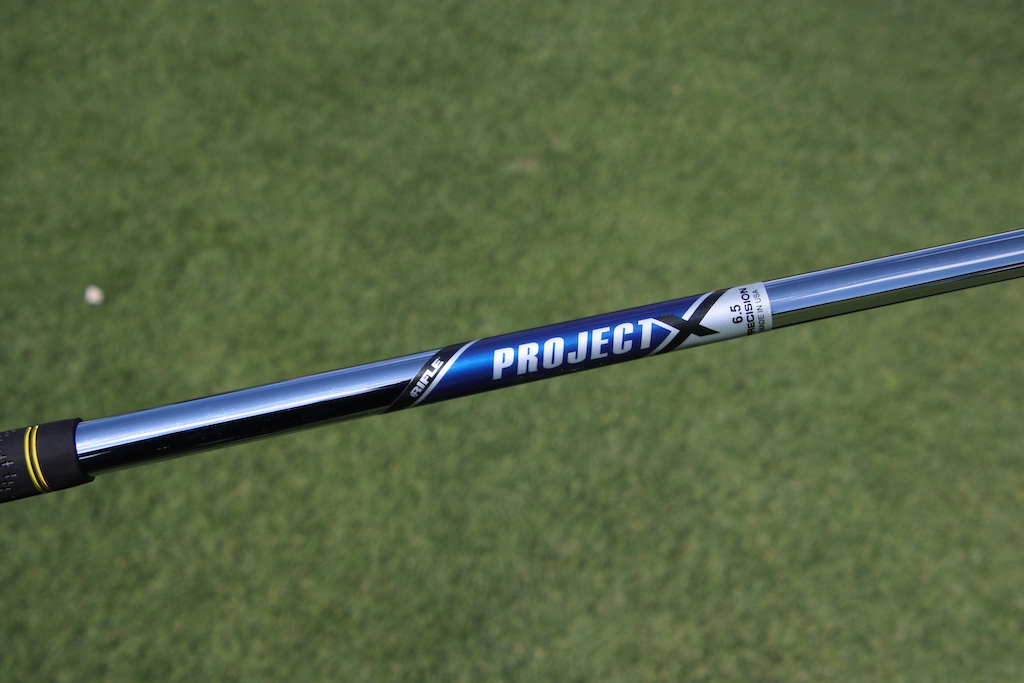
Wedges: Titleist Vokey SM8 (46-10F @55), Titleist Vokey SM10 (54-10S @53), Titleist Vokey SM4 (60 @59)
Shafts: True Temper Dynamic Gold X100 w/Sensicore
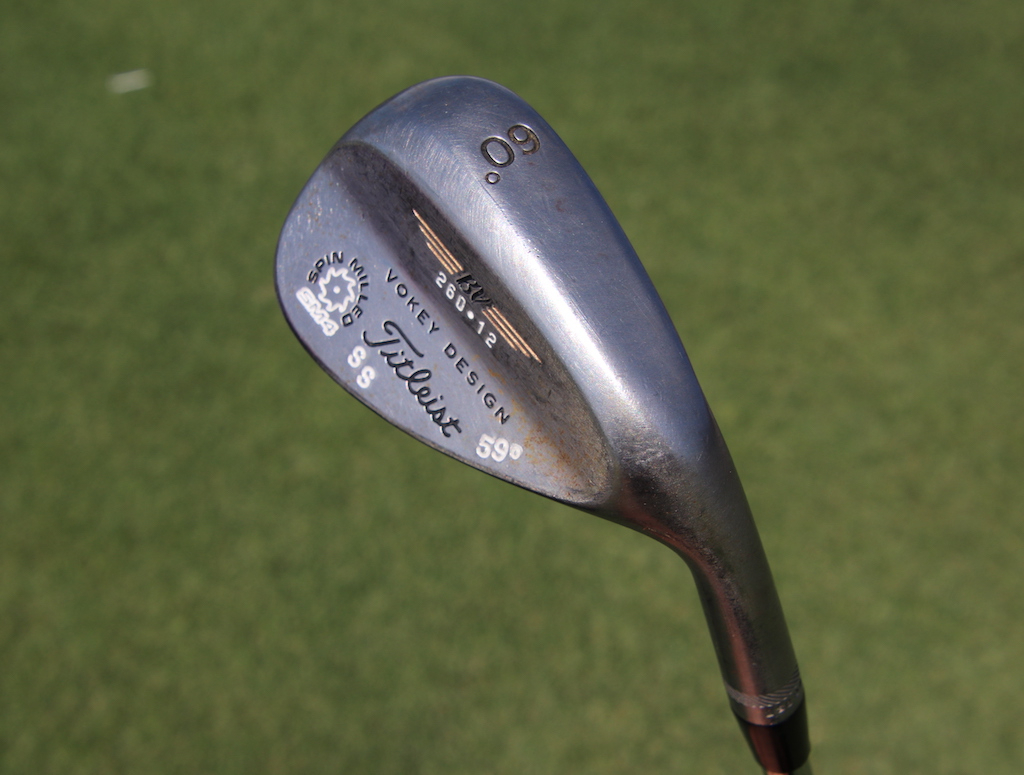
Putter: Odyssey White Hot No. 2
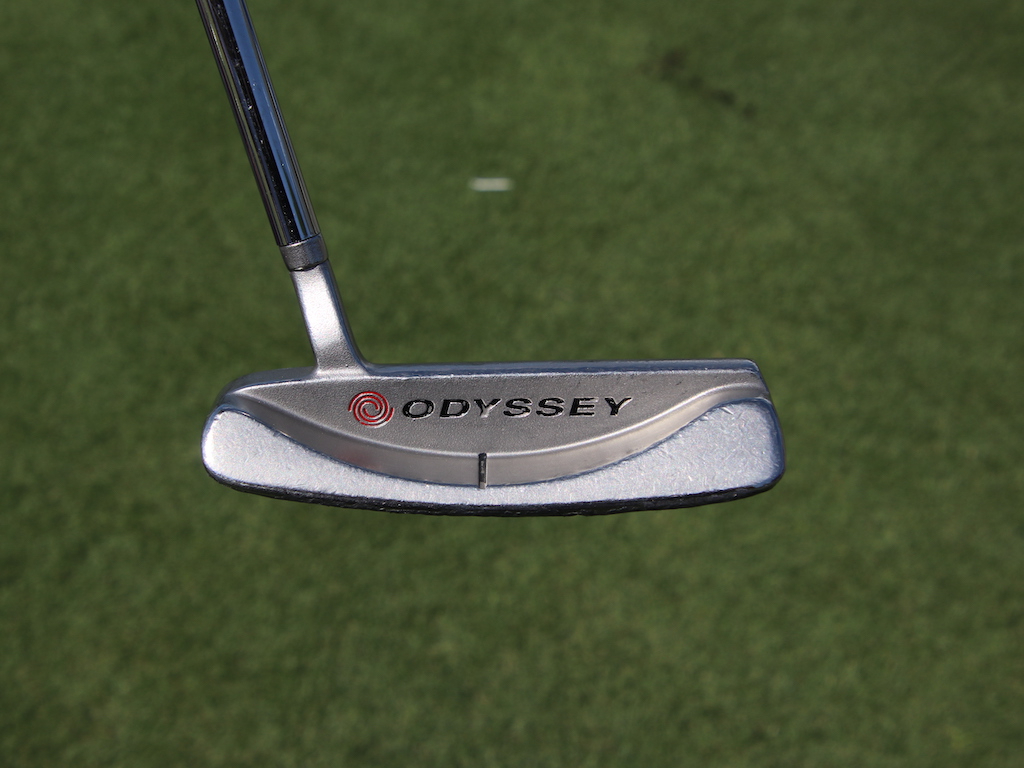
Ball: Titleist Pro V1x
Grips: Golf Pride Tour Velvet Grip Rite
Check out more in-hand photos of Steve Stricker’s clubs here.
- LIKE13
- LEGIT2
- WOW0
- LOL0
- IDHT1
- FLOP0
- OB0
- SHANK0
Whats in the Bag
Alex Fitzpatrick WITB 2024 (April)
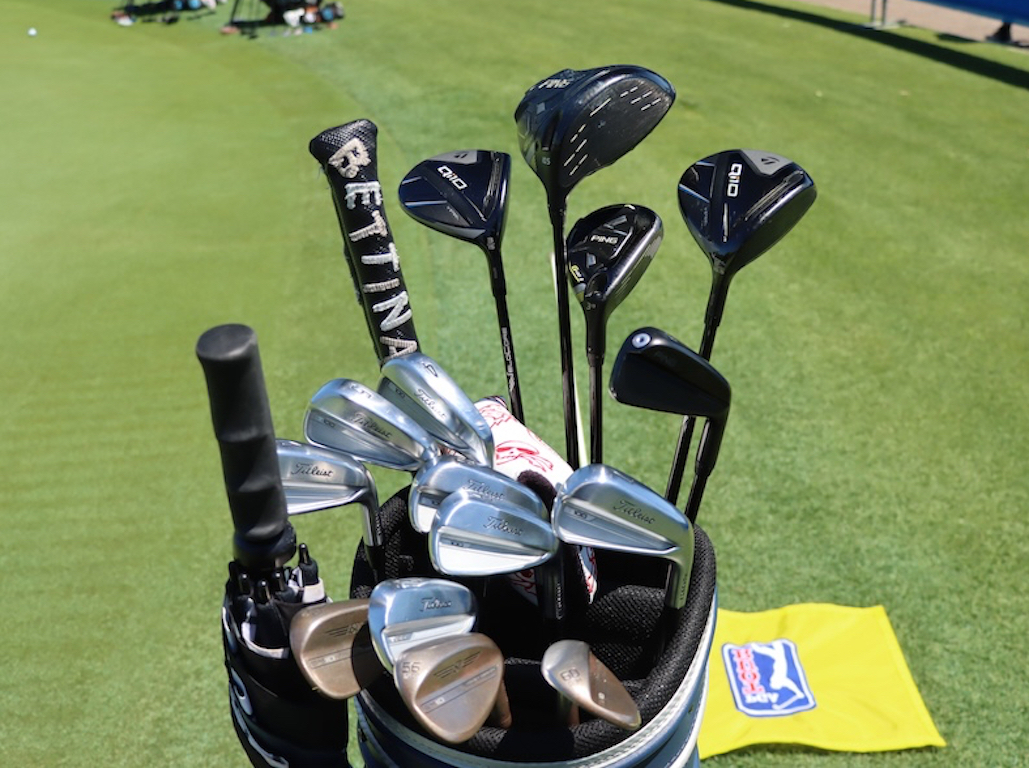
- Alex Fitzpatrick what’s in the bag accurate as of the Zurich Classic.
Driver: Ping G430 LST (10.5 degrees)
Shaft: Fujikura Ventus Black 6 X
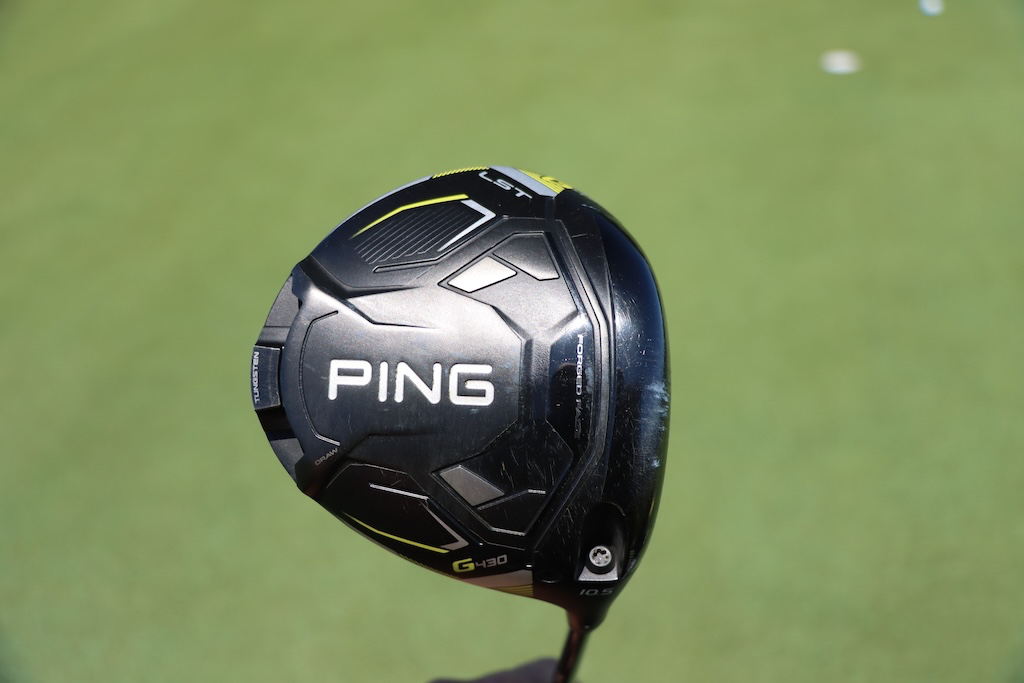
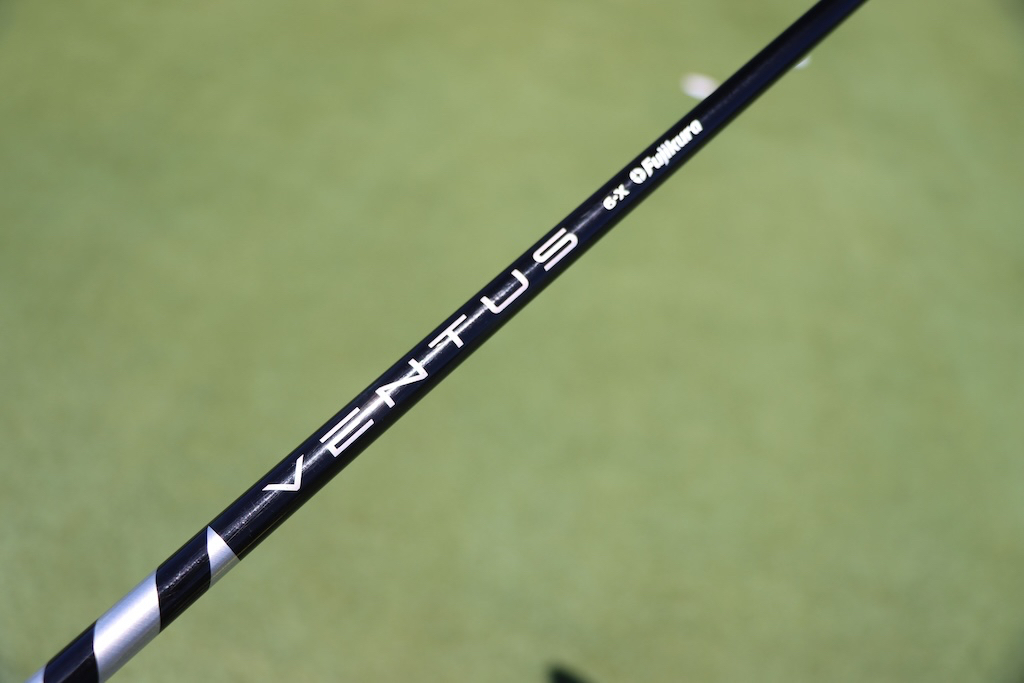
3-wood: TaylorMade Qi10 (15 degrees)
Shaft: Fujikura Ventus TR Black 7 X
Hybrid: Ping G430 (19 degrees)
Shaft: Fujikura Ventus Black HB 10 TX
Irons: Ping iCrossover (2), Titleist T100 (4-PW)
Shafts: Fujikura Ventus Black HB 9 TX (2), Nippon N.S. Pro Modus 3 Tour 120 X (4-9)
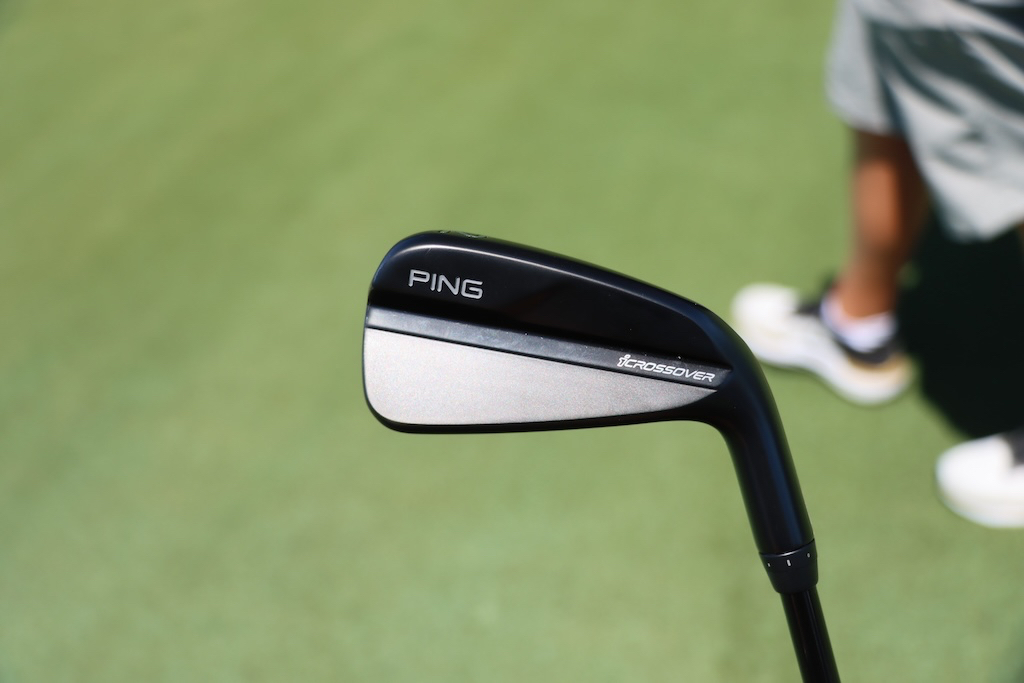
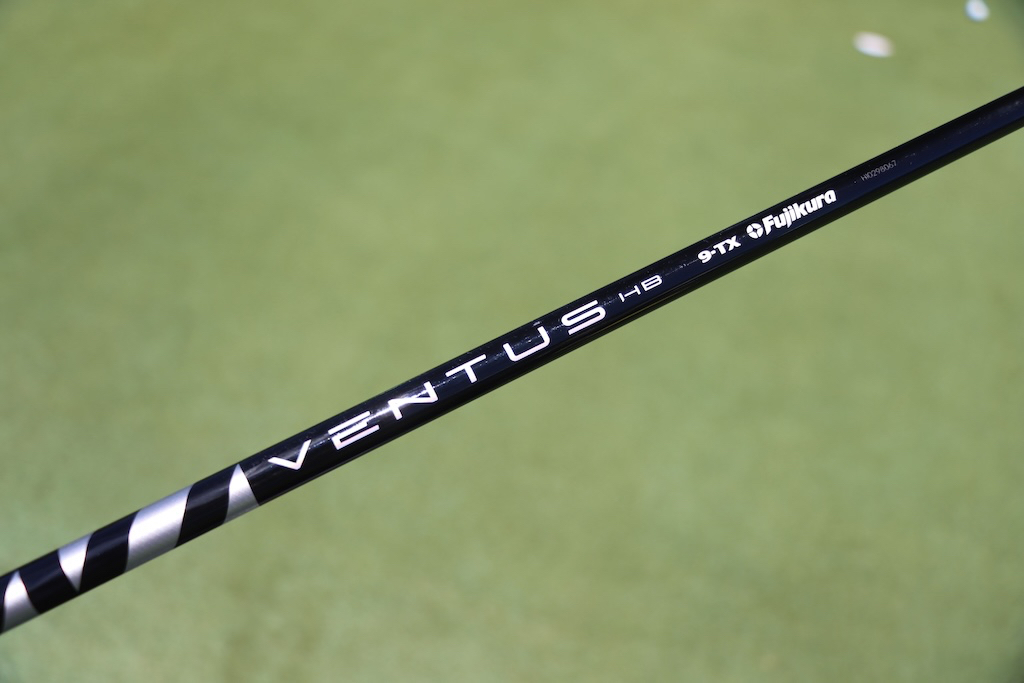
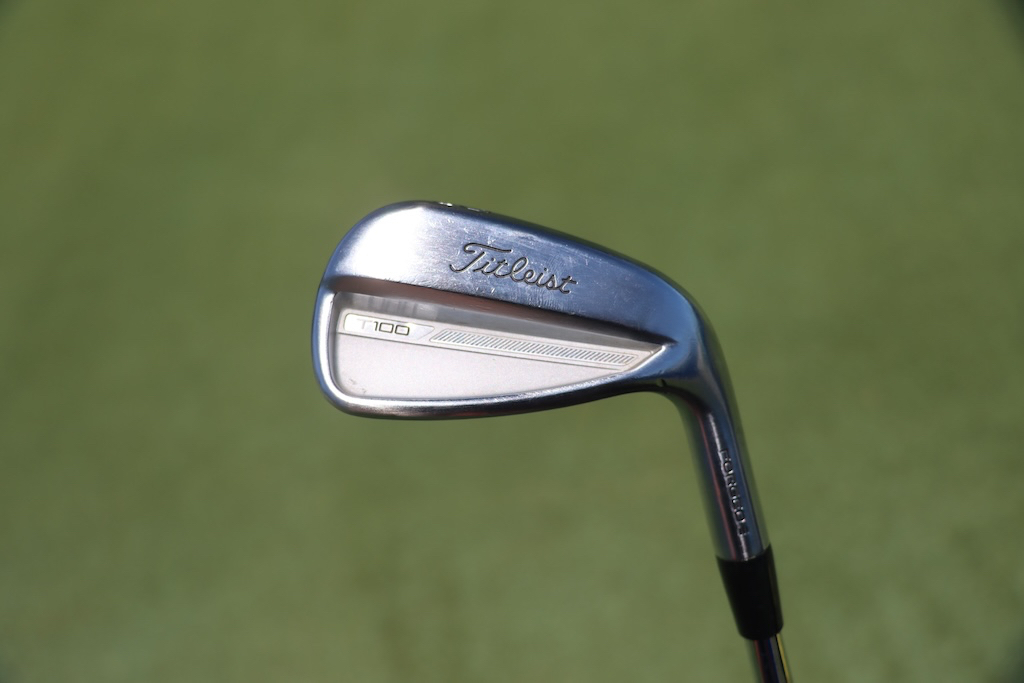
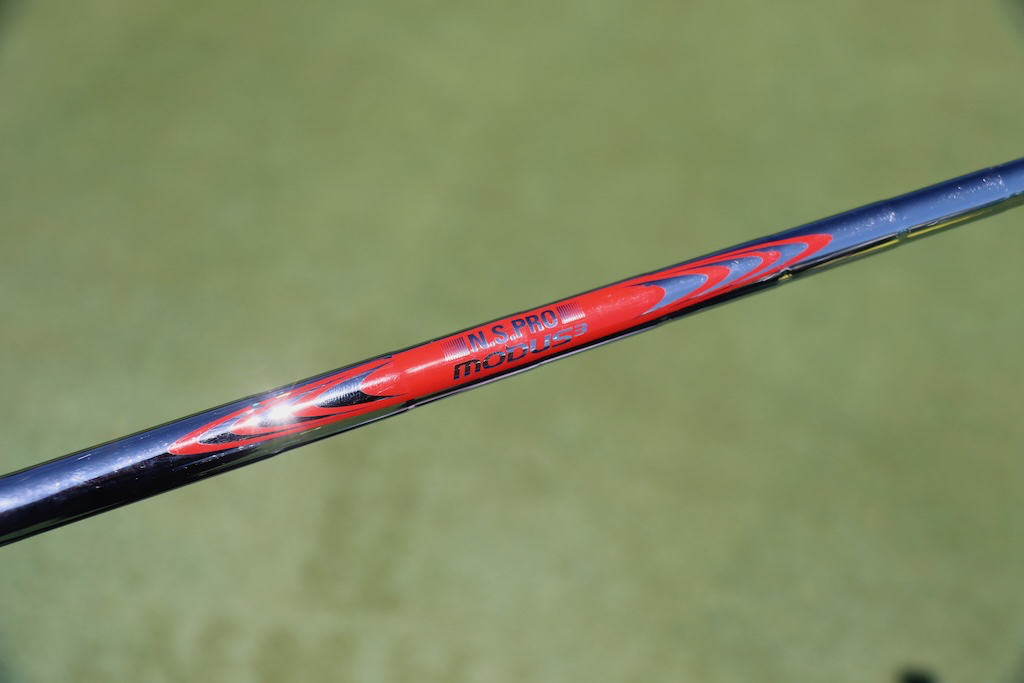
Wedges: Titleist Vokey Design SM10 (50-12F, 56-12D, 60-08M)
Shafts: Nippon N.S. Pro Modus 3 Tour 120 X
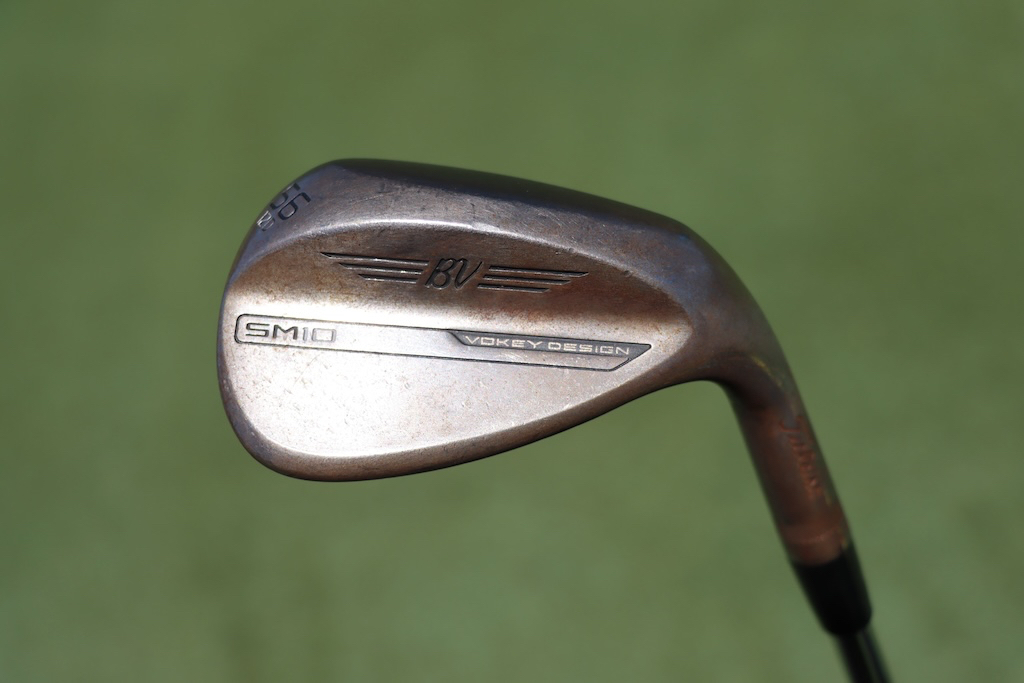
Putter: Bettinardi SS16 Dass
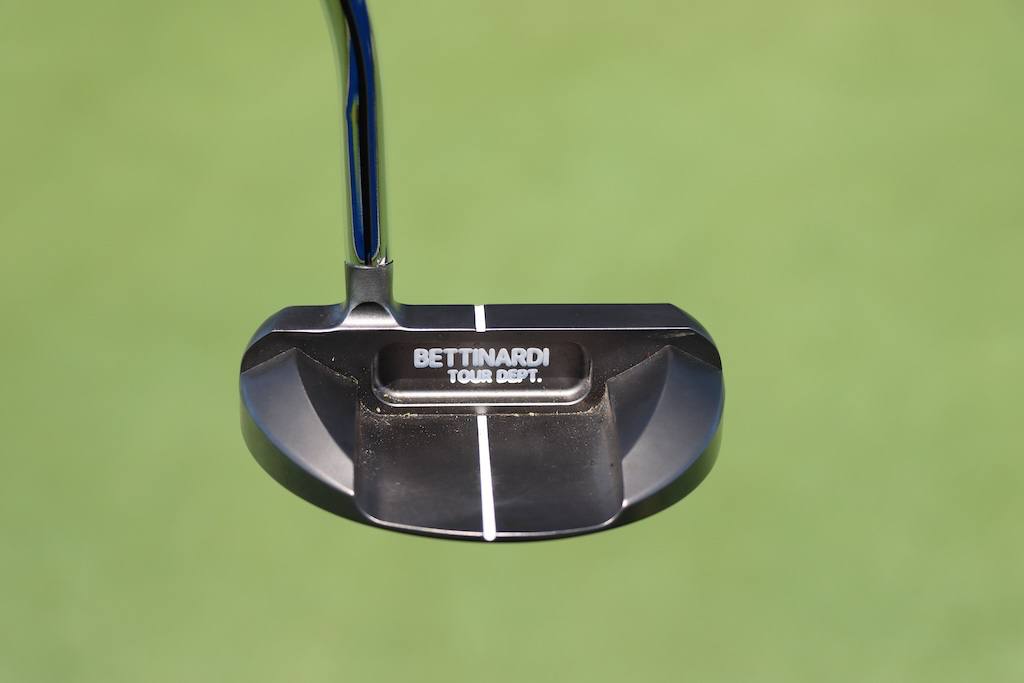
Grips: Golf Pride MCC
Check out more in-hand photos of Alex Fitzpatrick’s clubs here.
- LIKE7
- LEGIT0
- WOW0
- LOL0
- IDHT1
- FLOP0
- OB0
- SHANK0
Equipment
What’s the perfect mini-driver/shaft combo? – GolfWRXers discuss

In our forums, our members have been discussing Mini-Drivers and accompanying shafts. WRXer ‘JamesFisher1990’ is about to purchase a BRNR Mini and is torn on what shaft weight to use, and our members have been sharing their thoughts and set ups in our forum.
Here are a few posts from the thread, but make sure to check out the entire discussion and have your say at the link below.
- PARETO: “New BRNR at 13.5. Took it over to TXG (Club Champ but TXG will always rule) in Calgary for a fit. Took the head down to 12, stuck in a Graphite Design AD at 3 wood length and 60g. Presto- numbers that rivaled my G430Max but with waaaaay tighter dispersion. Win.”
- driveandputtmachine: “Still playing a MIni 300. The head was only 208, so I ordered a heavier weight and play it at 3 wood length. I am playing a Ventus Red 70. I play 70 grams in my fairways. I use it mainly to hit draws off the tee. When I combine me, a driver, and trying to hit a draw it does not work out well most of the time. So the MIni is for that. As an aside, I have not hit the newest BRNR, but the previous model wasn’t great off the deck. The 300 Mini is very good off the deck.”
- JAM01: “Ok, just put the BRNR in the bag along side a QI10 max and a QI10 3 wood. A load of top end redundancy. But, I have several holes at my two home courses where the flight and accuracy of the mini driver helps immensely. Mine is stock Proforce 65 at 13.5, I could see a heavier shaft, but to normal flex, as a nice alternative.”
Entire Thread: “What’s the perfect Mini-Driver/Shaft combo? – GolfWRXers discuss”
- LIKE4
- LEGIT1
- WOW0
- LOL0
- IDHT1
- FLOP0
- OB0
- SHANK4
-

 19th Hole2 weeks ago
19th Hole2 weeks agoDave Portnoy places monstrous outright bet for the 2024 Masters
-

 19th Hole5 days ago
19th Hole5 days agoJustin Thomas on the equipment choice of Scottie Scheffler that he thinks is ‘weird’
-

 19th Hole3 weeks ago
19th Hole3 weeks agoTiger Woods arrives at 2024 Masters equipped with a putter that may surprise you
-

 19th Hole5 days ago
19th Hole5 days ago‘Absolutely crazy’ – Major champ lays into Patrick Cantlay over his decision on final hole of RBC Heritage
-

 19th Hole2 weeks ago
19th Hole2 weeks agoTwo star names reportedly blanked Jon Rahm all week at the Masters
-

 19th Hole2 weeks ago
19th Hole2 weeks agoReport: LIV Golf identifies latest star name they hope to sign to breakaway tour
-

 19th Hole2 weeks ago
19th Hole2 weeks agoNeal Shipley presser ends in awkward fashion after reporter claims Tiger handed him note on 8th fairway
-

 19th Hole1 week ago
19th Hole1 week agoBrandel Chamblee has ‘no doubt’ who started the McIlroy/LIV rumor and why

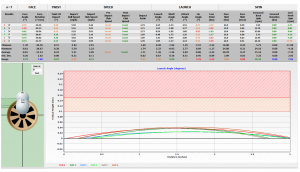
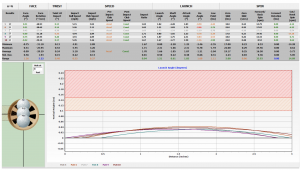
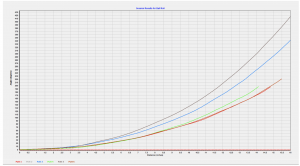
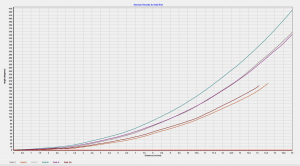
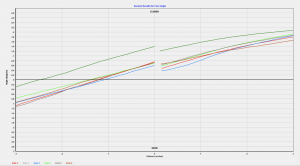
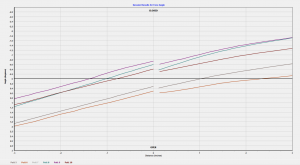










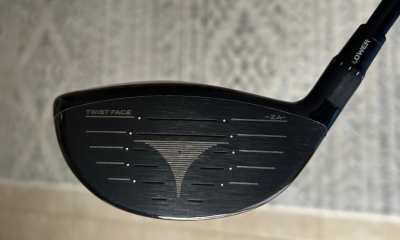

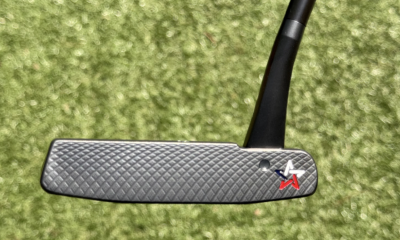










Alfredo Smith
Apr 9, 2019 at 5:02 pm
I had this shaft installed and it ROCKS!
Dm
Mar 11, 2019 at 3:12 am
Ryan,
All you needed to do was to switch to a high-moi mallet type putter instead of the low-moi blade you’re using and could have spent the same money on a new putter
JJ
Mar 15, 2019 at 10:37 am
I have always wondered why there hasent been a putter shaft company!! I always thought to myself that a stiffer shaft would result in straighter more consistent putts!!
Bill
Mar 10, 2019 at 12:58 pm
More Snake oil, if you really have a problem with a STEAL shaft at most distances you use your putter, then just get a few putting lessons. This is just MORE overkill and marketing. Don’t waste your money!
Ed
Mar 10, 2019 at 1:20 pm
Bill, I couldn’t disagree with you more. I have the shaft installed and it is terrific. It’s not snake oil. For you just blindly say that it’s snake oil without ever trying it makes little sense. Also, will you please explain to me the difference between the Stability Shaft, a Steel Shaft, and a “Steal” Shaft? It sounds like you’re someone who uses a “Steal” shaft by the looks of your post. Looks like rather than suggesting people should take a putting lesson, you yourself may want to think about taking a spelling and grammatical lesson. Respectfully speaking of course.
Mad-Mex
Mar 10, 2019 at 8:20 pm
Dude, seriously? Maybe you should take your own advise. Your sentence structure is horrible! That was his opinion on a product. Stop trying to sound pompous and arrogant!
Don Prudhomme
Mar 10, 2019 at 8:40 am
Snake Oil
Swirly
Mar 9, 2019 at 9:54 am
If you’re too broke to afford it, then it’s not for you. Fortunately, I’m not broke, and I love it.
Eli69
Mar 9, 2019 at 9:31 am
The Odyssey Stroke Lab shaft is the putter shaft everyone should try. You will putt better.
8thehardway
Mar 9, 2019 at 8:55 am
I’m not sure how this works (ie, why does alignment become easier) and weight specs (of the new shaft and your putter head & previous shaft, feel and impact on your stroke stroke are missing. I have two identical putters whose heads weigh 450g and 350g; is one head weight more likely to benefit than the other? I can’t send my putters off and cross my fingers.
Dm
Mar 11, 2019 at 3:09 am
Exactly
Dave
Mar 9, 2019 at 8:11 am
I think I’ll take my $200 and take 4 putting lessons from our pro.
Dm
Mar 11, 2019 at 3:07 am
Why waste your money on lessons? There are plenty of videos out there and you can use all the tools in your house without spending any money, just do what the videos tell you and spend 4 hours practicing every week instead of giving those hours to a Pro
vince
Mar 9, 2019 at 6:21 am
I tried one and I was hitting it so much straighter….my putts were just shaving the hole but now I’m lipping out.
JP
Mar 9, 2019 at 8:05 am
It’s not the shaft.
.
Are you trying to say you CAN’T hit a straight putt with a standard steel putter shaft? If that’s the case, you lack any and all skills on the greens.
BS
Mar 10, 2019 at 12:16 pm
Very funny.
Steve Cantwell
Mar 8, 2019 at 11:31 pm
“ how this shaft works “. … I will simplify it for everyone. You open your wallet, pull out your credit card, and one week later you make a putt that you may, or may not have made with any other putter. You exclaim to your golf buddies, “so worth it! “. The following month you look at your credit card statement and think “why did I spend $199 on a putter shaft ?”
Mad-Mex
Mar 8, 2019 at 9:33 pm
With all due respect Mr. Barath, seems you used your marketing experience to the max in this article. Your tried to validate this with numbers which are not explained nor can be read (I have a 27″ monitor)
One interesting item was not included in this infomercial, THE PRICE $199 for a PUTTER shaft?
Jeff
Mar 8, 2019 at 9:10 pm
Ryan,
Thanks for the review. I have cut my handicap by 2 strokes already and I attribute it to this shaft. It was worth a try, for me.. I will be gaming this for the year.
Mad-Mex
Mar 8, 2019 at 10:02 pm
*LMAO!!!!* This is some funny stuff !!!!!
Johnny Penso
Mar 8, 2019 at 11:43 pm
April first is still a few weeks away.
Emilio
Mar 8, 2019 at 5:15 pm
Actually, I’d probably use one if I were trying to hit putts 200 yards.
Tom
Mar 8, 2019 at 2:10 pm
Too Funny!!!!
JP
Mar 8, 2019 at 2:15 pm
Har har har